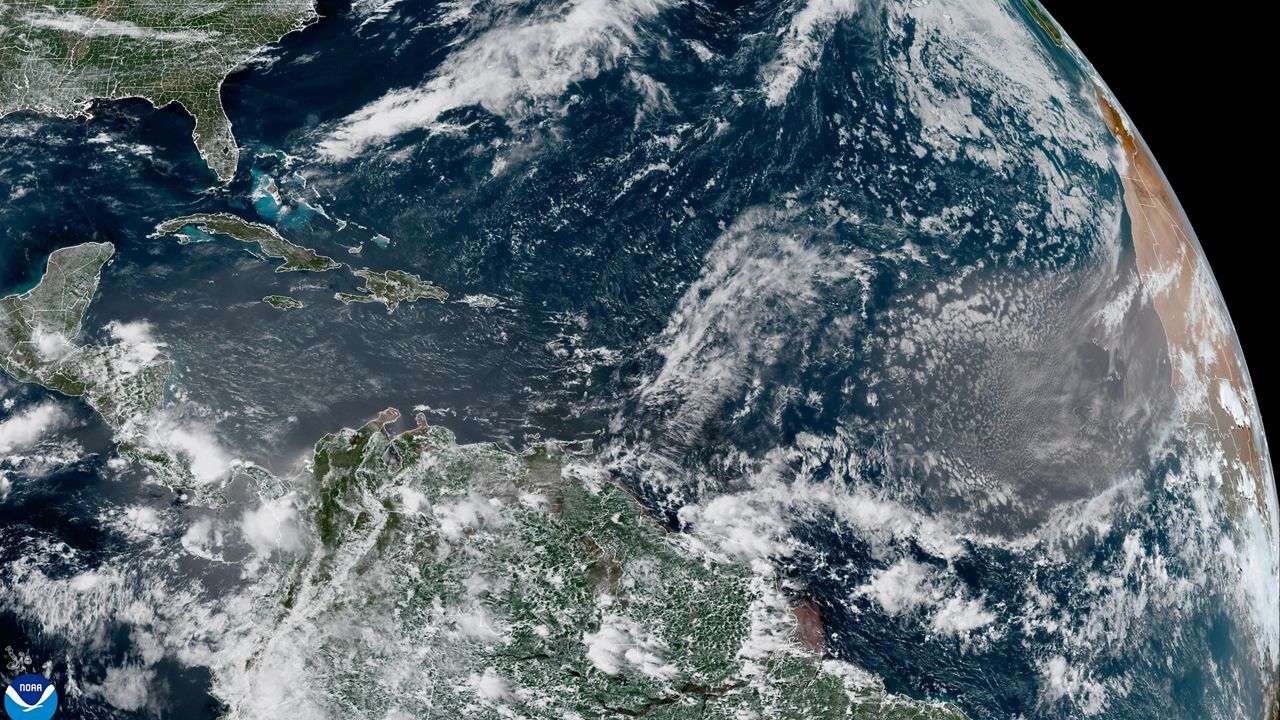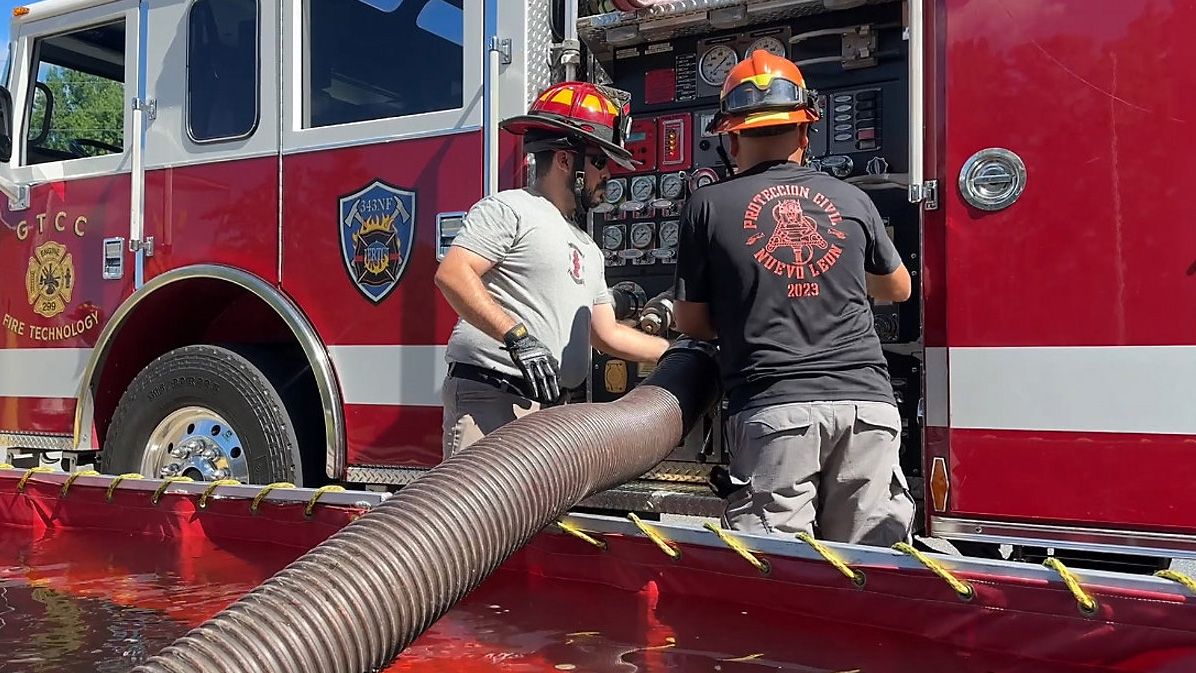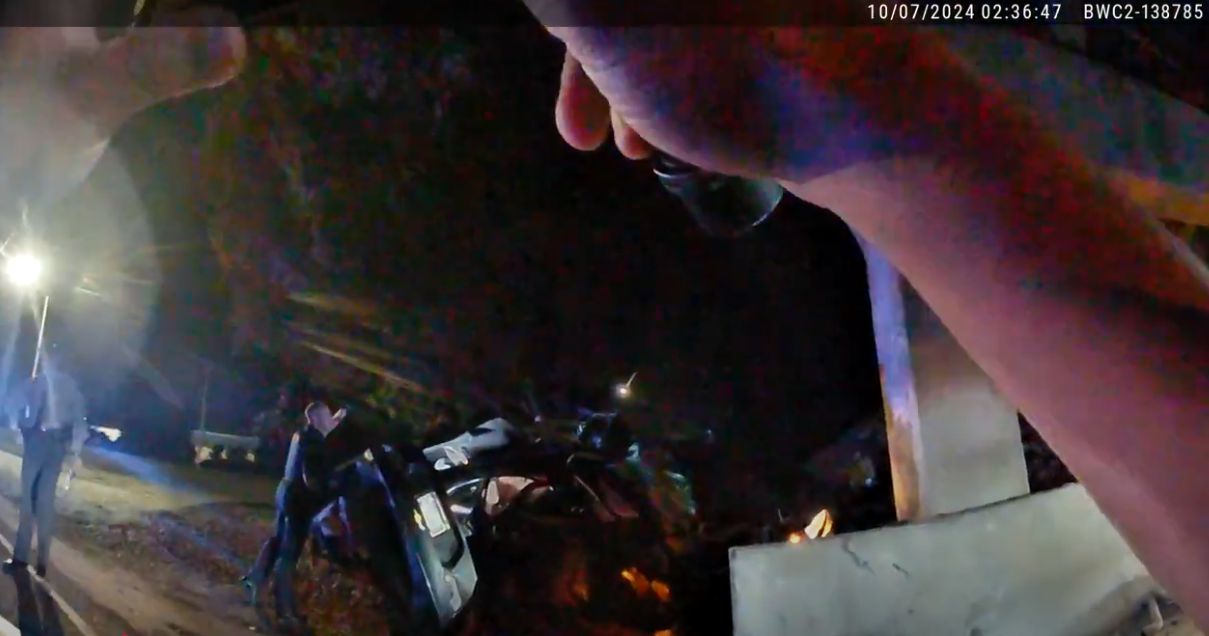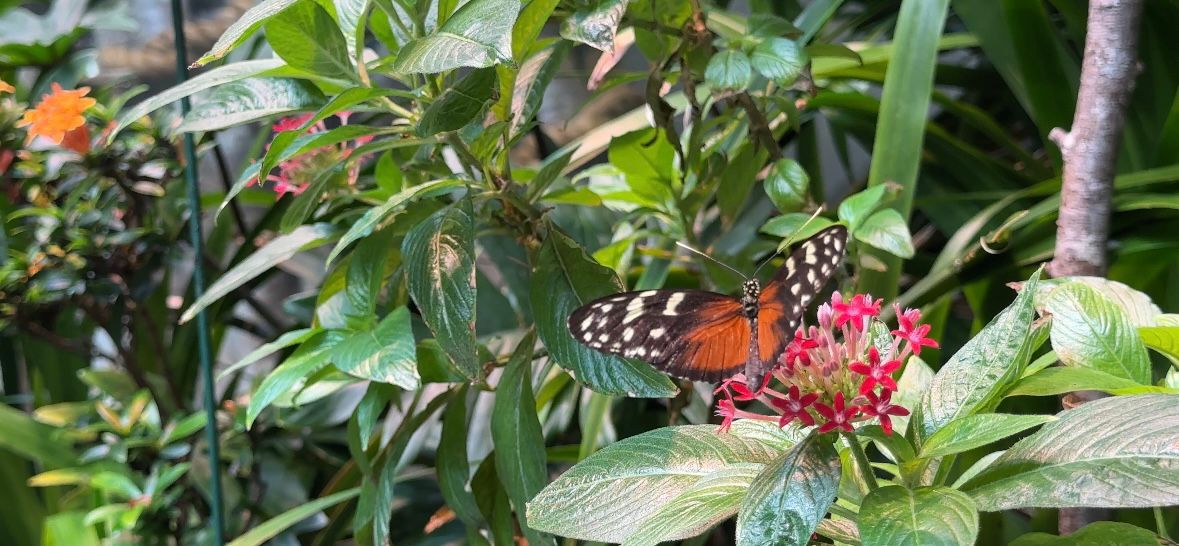ASHEVILLE, N.C. — An ice cream shop in Asheville just released the second flavor of its series partnering with an Indigenous movement that seeks to restore land to tribal nations.
“It’s turned into something more than just ice cream,” Hop Ice Cream co-owner Greg Garrison said.“It’s turned into something more than just ice cream,” Hop Ice Cream co-owner Greg Garrison said.
It’s a flavor and a conversation.
The conversation and project aim to bring awareness to the past and current presence of Native communities, including the Cherokee Nation, in the area.
“For this to have the impact that was becoming necessary, we needed to source ingredients from the Qualla Boundary,” Garrison said, referring to the federally recognized land of the Eastern Band of the Cherokee Nation in North Carolina about 50 miles west of Asheville.
Made with elderberries and honey from the Qualla Boundary and part of the Cherokee Nation, this second flavor was made by The Hop Ice Cream and the Indigenous Walls Project.
As Indigenous Walls Project founder Jared Wheatley enjoys a cone of this new flavor, he fills with pride. This ice cream is much more than a dessert to him — it reflects a part of his connection to the Cherokee Nation.
“To us, our ancestors are in this ice cream,” Wheatley said. “We’ve been on the land for 11,000 years and we see the elderberry as a sibling to us, as a relative to us. We see the honey as a relative to us.”
His Indigenous Walls Project is part of the landback movement.
“We are focused on getting land back to tribal nations to enable further sovereignty, to enable community building on that trust land,” Wheatley said.
The first flavor in the Hop Ice Cream series was a mix of blackberry and frosted mint, also from the Qualla Boundary.
Garrison’s biggest hope is that this ice cream will serve as a teaching moment, as the process of creating it served as one for him.
“Really spent some time trying to learn as much as we could about what this was gonna mean. It wasn’t just an ice cream project to promote the Indigenous Walls Project anymore,” Garrison said. “It was about representation, it was about making sure that whatever we were putting out into the world was gonna represent and be a good representation of a different culture.”
Garrison said he feels honored to be able to help create these flavors and spark the conversation. The Hop has committed to four more Indigenous Walls Project ice cream collaborations.









